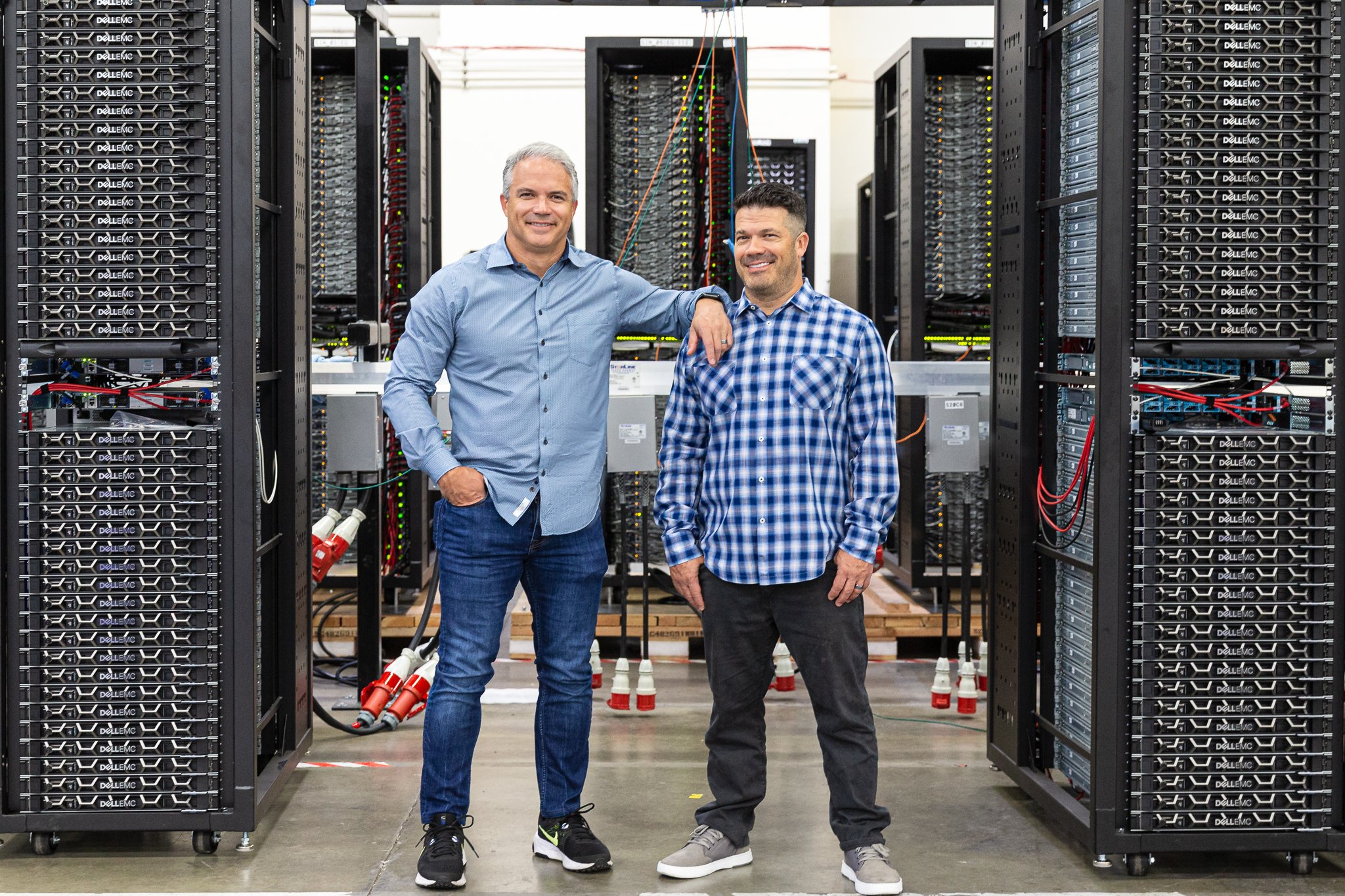Going multi-cloud can bring a number of benefits. Chief among them is flexibility in running your workloads.
By no longer being tied to a single cloud service provider, you are able to better determine which workloads work best on-premises or on a particular cloud environment.
This flexibility translates into another benefit of a multi-cloud approach, which is reduced operational costs from workloads being moved to the cloud.
Challenges to going multi-cloud
There are two primary challenges to moving to a multi-cloud solution. One is technical, the other internal.
On the technical front, the challenge is developing a governance and security framework that can be consistently applied across all environments. This is critical since it ensures:
- Only those with approved access can utilize the data and compute in each environment
- Usage costs can be effectively monitored and managed
On the internal front, the challenge is about having an operations team that understands all the cloud providers—including their strengths and weaknesses when it comes to your organization’s needs—and how to manage workloads across them.
These teams can be built up in-house through hiring, or you can partner with a third party with expertise across all cloud platforms, depending on where you would prefer to invest your time and resources.
The importance of Kubernetes
Workloads in a multi-cloud environment need to be orchestrated in order to ensure resources are being used efficiently, security is standardized, and costs are continually kept under control.
Employing Kubernetes is the key to effectively conducting that orchestration, which makes having the capabilities to effectively use the tool a critical component in going multi-cloud.
By utilizing Kubernetes, you’re able to leverage a single source for:
- Provisioning multi-cloud systems across providers
- Single solution to configure for monitoring tools
- Standardizing configurations and having visibility across your workloads (even at the edge) to simplify application security
While standard Kubernetes can be used, there are a number of third-party solutions like SUSE Rancher, Red Hat OpenShift, and Anthos by Google Cloud that are also available.
Developing a multi-cloud strategy
Every enterprise has specific needs, but from a high level there tend to be three areas to focus on when developing a multi-cloud strategy. These are:
1. Cloud proficiency
If your enterprise has little or no experience with the cloud, jumping into multi-cloud can be a nightmare.
While it can be said each of the major cloud providers is generally similar, there are enough minor differences in things like pricing, available discounts, and provide tools that can lead to unnecessary confusion as you build out your strategy.
For example, an enterprise running on AWS may not need a high level of flexibility to simply operate. Others will require a more intricate cloud architecture. The good news is that whatever flexibility you need is available.
2. Workloads
Not every workload will benefit from—or even be suitable for—moving to the cloud. Applications that require low latency over a network, for example, may not be able to achieve the high throughput necessary with the public cloud.
As you develop your multi-cloud strategy, you need to examine your workloads to determine which will benefit from being in the cloud. Some will benefit from specific cloud environments. Look at the workload characteristics and identify which live best on-premises and which can take advantage of the cloud. Once identified, expand to the entire system, creating a complete technical architecture, including design and standards.
3. Migration
Pick one of the major providers and run a pilot with a simple workload.
Given the critical importance of your infrastructure to both your organization’s stability and its ability to scale, you want to make this selection as an informed buyer. That means understanding their experience, the size of their team, their approach to integrations, their support methodology, and their process for knowledge transfer.
Once a decision is made, run a pilot with the workload identified in step one. If that pilot is successful, you can follow your architecture map to complete the migration.
Then you can focus on iterating and optimizing in order to continue unlocking the flexibility and cost savings of the multi-cloud.
For an even deeper dive into going multi-cloud, check out our free resource The Guide to Achieving Maximum Agility with a Multi-Cloud Strategy.














